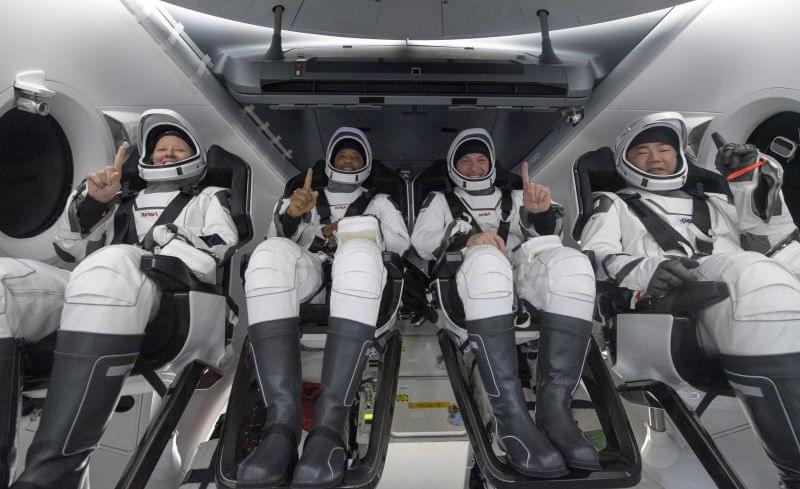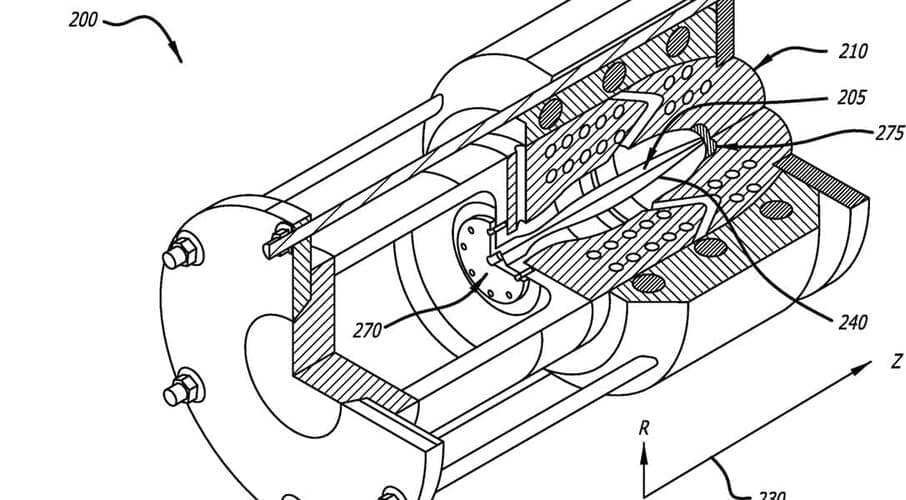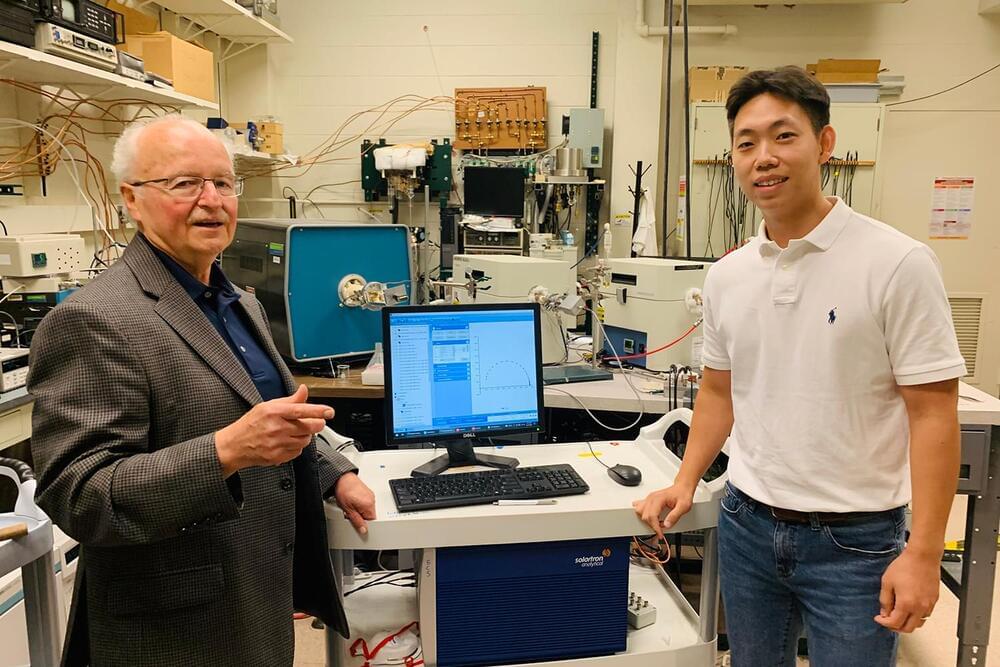SpaceX’s partnership with NASA just got $1.4 billion sweeter, as the space agency announced Wednesday that it’s extending its deal with the company to cover five additional missions.




Practical nuclear fusion is, famously, always 10 years in the future. Except that the Pentagon recently gave an award to a tiny startup to launch a fusion power system into space in just five.
There is no shortage of organizations, from VC-backedstartups to nation states, trying to realize the dream of cheap, clean, and reliable power from nuclear fusion. But Avalanche Energy Designs, based near a Boeing facility in Seattle, is even more ambitious. It is working on modular “micro fusion packs,” small enough to hold in your hand yet capable of powering everything from electric cars to spaceships.
Last month, the Pentagon’s Defense Innovation Unit (DIU) announced it had awarded Avalanche an unspecified sum to develop its Orbitron fusion device to generate either heat or electricity, with the aim of powering a high-efficiency propulsion system aboard a prototype satellite in 2027. The contract to Avalanche was one of two awarded by the DIU—the second going to Seattle-based Ultra Safe Nuclear for development of its radioisotope battery.
The startup Azure Printed Homes uses a range of recycled plastic to build 180-square-foot spaces that start at just $40,000.

This post is also available in:  עברית (Hebrew)
עברית (Hebrew)
Bypassing complex encryption has become a main goal and pursuit to State-actors and cybercriminals alike. It has never been more important to focus on updated, resilient HTTPS configurations, according to the TLS Telemetry Report by F5 Labs, which uncovers the extent of internet encryption and the potential use or abuse of web encryption for malicious purposes.
Based on the screening of the top million websites in the world, the report claims that more than half of the web servers still allow unsecured RSA Exchange. In addition, the negation of authorization remains problematic, due to the prevalence of legacy servers updated only rarely.

New observations from the James Webb Space Telescope have given us direct confirmation that some alien worlds have clouds of rock.
The telescope has directly detected silicate clouds in the atmosphere of a brown dwarf – the first time, according to an international team of astronomers, that such a detection has been made in a planetary-mass companion outside the Solar System.
The complete findings, the team says, constitute the best spectrum yet for a planetary mass-object. These results could not only help us better understand these so-called ‘failed stars’, but represent just a foretaste of what the JWST can do.

The adoption rate of fuel cells has increased owing to the rising need for clean energy.
In a research that could jump-start the work on a range of technologies, including fuel cells, which are key to storing solar and wind energy, MIT researchers have found a simple way to significantly increase the lifetimes of fuel cells and other devices – changing the pH of the system.
Fuel/electrolysis cells made of materials known as solid metal oxides are in interest for several reasons. In electrolysis mode, they are very efficient at converting electricity from a renewable source into a storable fuel like hydrogen or methane. This storable fuel can be used in the fuel cell mode to generate electricity when the sun is not shining, or the wind isn’t blowing.
Lab grown chicken meat.
We eat 50 billion chickens every year. Is there a better way?
❤️ Check out Weights & Biases and sign up for a free demo here: https://wandb.com/papers.
📝 The paper “A Fast Unsmoothed Aggregation Algebraic Multigrid Framework for the Large-Scale Simulation of Incompressible Flow” is available here:
http://computationalsciences.org/publications/shao-2022-multigrid.html.
❤️ Watch these videos in early access on our Patreon page or join us here on YouTube:
- https://www.patreon.com/TwoMinutePapers.
- https://www.youtube.com/channel/UCbfYPyITQ-7l4upoX8nvctg/join.
🙏 We would like to thank our generous Patreon supporters who make Two Minute Papers possible:
Aleksandr Mashrabov, Alex Balfanz, Alex Haro, Andrew Melnychuk, Benji Rabhan, Bryan Learn, B Shang, Christian Ahlin, Eric Martel, Geronimo Moralez, Gordon Child, Ivo Galic, Jace O’Brien, Jack Lukic, John Le, Jonas, Jonathan, Kenneth Davis, Klaus Busse, Kyle Davis, Lorin Atzberger, Lukas Biewald, Matthew Allen Fisher, Michael Albrecht, Michael Tedder, Nevin Spoljaric, Nikhil Velpanur, Owen Campbell-Moore, Owen Skarpness, Rajarshi Nigam, Ramsey Elbasheer, Steef, Taras Bobrovytsky, Ted Johnson, Thomas Krcmar, Timothy Sum Hon Mun, Torsten Reil, Tybie Fitzhugh, Ueli Gallizzi.
If you wish to appear here or pick up other perks, click here: https://www.patreon.com/TwoMinutePapers.
Thumbnail background design: Felícia Zsolnai-Fehér — http://felicia.hu.
Károly Zsolnai-Fehér’s links:

The channel has around 262,000 subscribers and actively posts videos on government policies and current events. It’s the third YouTube account run by South Korea’s government to have been breached in the last two weeks, Korean daily JoongAng Ilbo’s Lee Jian reported.
The identities and motives of those behind the attacks are not immediately known, the paper wrote, citing a statement from the Ministry of Culture, Sports and Tourism.
The Korea Tourism Organization’s YouTube channel was breached twice once on Thursday and once on Friday and was suspended until Sunday, JoongAng Ilbo reported.